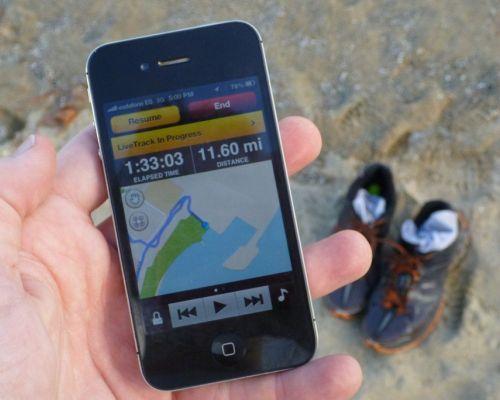Addressing People: Why Location Matters
I’ve always been acutely aware of my location. On any given day, I can have a number of different locations in which I’m present – both online and offline. Every morning, I wake up at a physical address, whether it’s my home, or in some city where my travels have taken me. I may start my day with a run through the neighborhood, or even a flight to visit a partner – all temporary addresses. And throughout the day, I’ll be online, checking email or using my iPhone, iPad or Mac, all which create digital addresses along the way.
Behind every individual there is an address – some physical, some temporary, and some digital – but each offers a unique view of that person, their behaviors and their preferences. When I think about the addressable footprints I leave throughout any given day, I would expect then that the businesses I engage with are leveraging this information to accurately communicate with me, and present me information that is highly relevant and personalized to me.
Unfortunately, this isn’t the case. Never have I received a weather alert that’s specific to the street I live on; or a real-time route suggestion while I’m taking off for my morning run (Strava, I’m talking to you!). I’m yet to receive a 10% discount off a coffee when I walk into Hartsfield-Jackson Atlanta International Airport; or a promotion from Delta (beyond just a flight status update) that would make my day go just a little smoother.
I work with clients every day who all want to know the answer to the same question: Who is my customer? What many organizations have failed to understand is that they already have this answer readily available to them – they’re just missing the mark because they continue to overlook the aspect of location.
Let me explain.
In the Digital Era we live in, consumers produce an incredible amount of data every minute of every day (2.5 quintillion bytes a day, to be exact). Many organizations take this information and analyze the person who is creating it. But few are taking this information and looking at where it was created.
Location matters. And to truly know your customers, you must know their location.
Everything is addressable. We often think that things are all that’s addressable, but organizations have completely overlooked the fact that people are also addressable.
Take me, for example. If an organization were to look at my physical, temporary and digital addresses, they could create an extremely precise and holistic profile for me. They would know that I live in a quiet neighborhood between a golf course and a lake, suggesting I spend a lot of time outdoors and enjoy spending the weekend golfing. I run nearly every day, implying that I live a healthy lifestyle, and probably value quality food and good restaurants. I’m often on the road, and travel on a weekly basis, meaning I’m a business professional, likely in an external-facing position. And I spend a great deal of time reading business books and technology news stories on my iPad, which would suggest that I work in the technology field.
By starting with my address, the businesses I interact with can better understand who I am, what I like, and when I prefer to engage. By starting with my address, the businesses I interact with can make business decisions that actually matter, and that positively impact their relationship with me, and consumers like me.
A physical—or digital—address anchors thousands of data points. However, data in and of itself isn’t enough. Data must work for you. Some organizations have caught on to this concept, but others are straggling behind. But one thing is for sure – my loyalty will be with the early adopters.
-Mark Taylor, SVP of Software Channels, Pitney Bowes


